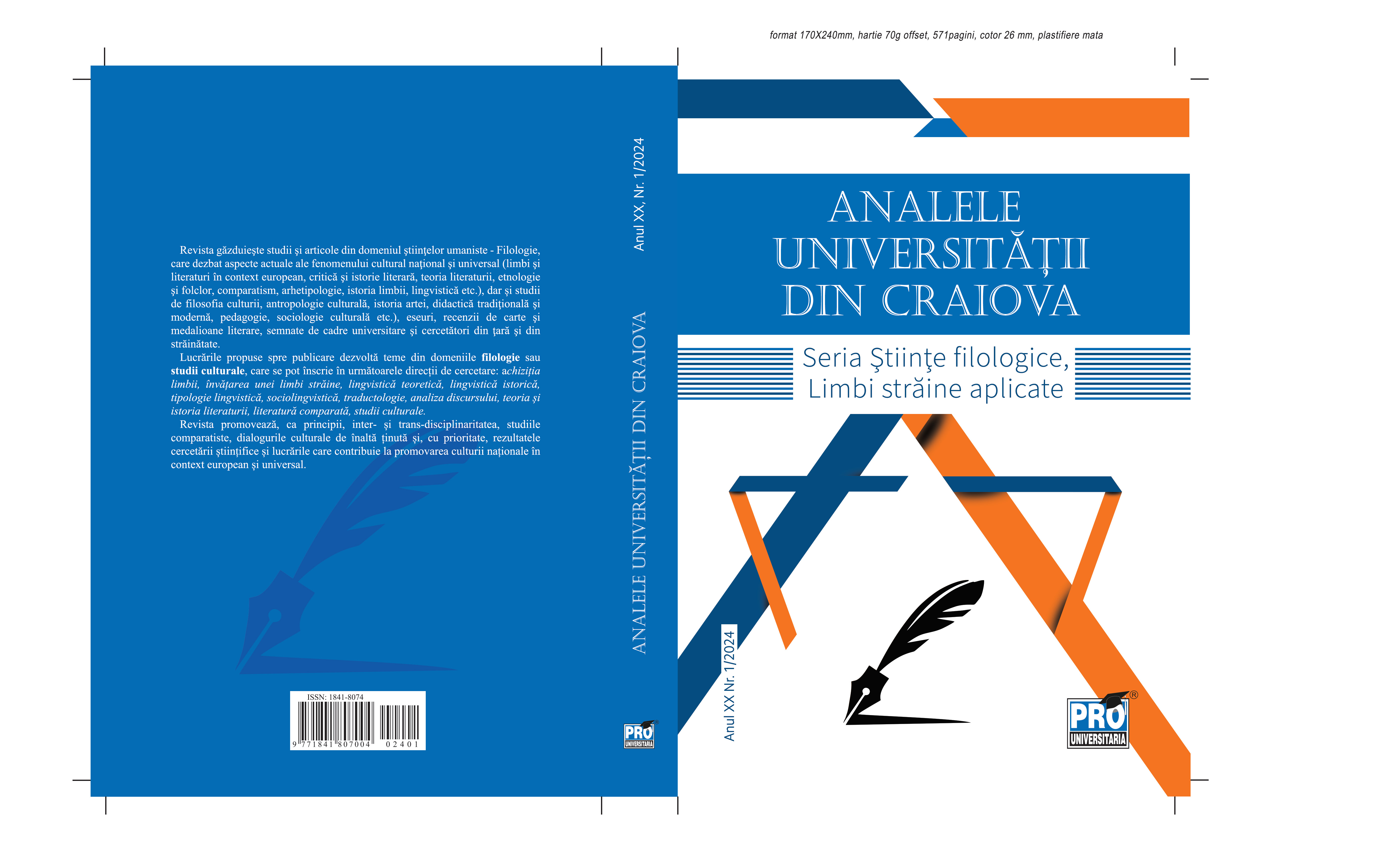Examining Fictional and Non-Fictional Judicial Mechanisms in Harper Lee’s To Kill a Mockingbird
Examining Fictional and Non-Fictional Judicial Mechanisms in Harper Lee’s To Kill a Mockingbird
Author(s): Maria-Magdalena LăpădatSubject(s): Government/Political systems
Published by: Editura Pro Universitaria
Keywords: Atticus Finch; justice; legal rationality; morality; racial issues; courtroom proceedings;
Summary/Abstract: In the heart of Harper Lee's „To Kill a Mockingbird,” set against the American DeepSouth's complex tapestry during the 1930s, lies a profound exploration of judicialmechanisms, both fictional and non-fictional. This novel, transcending merestorytelling, becomes a lens through which the intricate interplay of racial tensions,societal constructs, and ethical dilemmas are scrutinized. Within its pages, thecourtroom is not just a setting for legal battles but a vivid symbol of Maycomb'stumultuous sociocultural landscape. This paper ventures into the depths of Lee'snarrative to unravel the complex dialogue between the idealistic pursuits of justiceand the harsh realities of ingrained prejudice. Through an English as a ForeignLanguage (EFL) or English for Specific Purposes (ESP) teaching lens, this analysiswill highlight the courtroom scenes’ educational potential, emphasizing their valuein fostering critical thinking, cultural awareness, and moral reasoning in a globallearning context.
Journal: Analele Universităţii din Craiova, Seria Ştiinţe Filologice, Limbi Străine Aplicate
- Issue Year: 2024
- Issue No: 1
- Page Range: 296-309
- Page Count: 13
- Language: English

